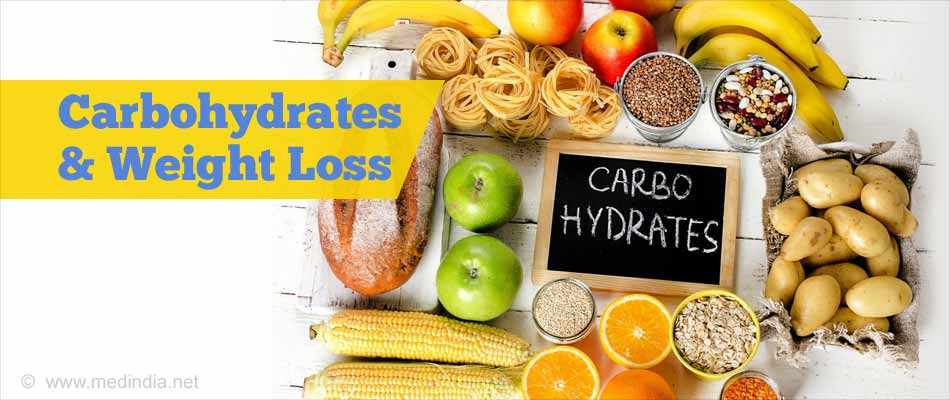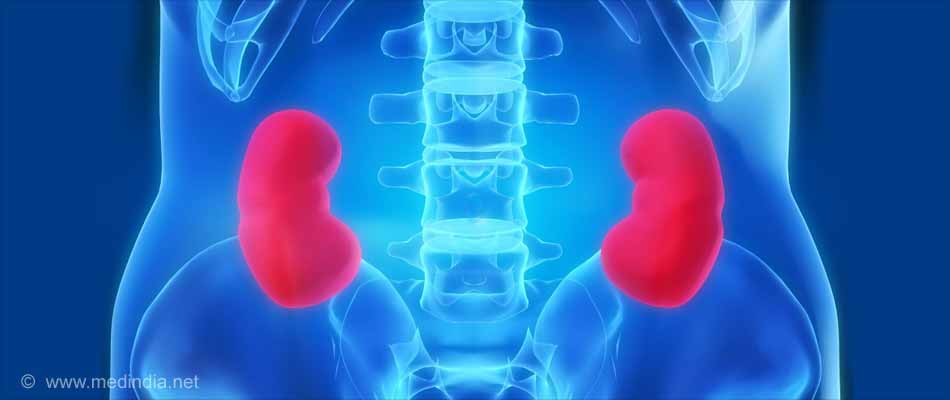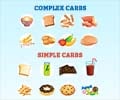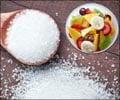- Gunnars , K. "How Many Carbs Should You Eat Per Day to Lose Weight?" Authority Nutrition. An evidence based approach.
- The Primal Blueprint 21-Day Challenge - (http://www.marksdailyapple.com/the-primal-blueprint-21-day-challenge/)
- Agatston, A. "The South Beach Diet".
About
The macronutrient carbohydrate has always been the talk of the town when weight reduction is the goal. Carbohydrates are the energy suppliers and contribute to most of the calories consumed. Different diets emphasise different levels of carbohydrate restriction. And some diets claim this nutrient to be the villain of their weight loss program. It is often called the “Sweet spot or the Danger Zone”.
There are many popular diets, but most of them fall into four broad categories: low carb, moderate carb, high carb, and very low calorie (fasts, cleansing diets, and single food diets), diets.

Examples of Popular Diets
Low Carb | Moderate Carb | High Carb/ Low Fat |
| Atkins South Beach (Phase 1) Sugar Busters Protein Power | FlatBelly Mediterranean South Beach (Phases 2,3) Zone | DASH Pyramid Food Guide Therapeutic Lifestyle Changes Spectrum (Dean Ornish) Volumetrics |
Exploring Low Carb Diets:
Low Carb Diets
Carb intake: Less than 35% of total calories
Foods: Restricts carbohydrate intake (grains and grain products, fruits, sugar, sweets, and starchy vegetables) while allowing greater protein and fat intake.

Pros: Satiety, dramatic short term weight loss, lower blood triglyceride levels
Cons: Higher blood LDL and total cholesterol levels, difficulty with diet compliance over long term, weight regain with reintroduction of carbs, lower energy for endurance or aerobic activity, lower nutrient intake.
Moderate Carb Diets
Carb intake: 35 — 50% of total calories
Foods: Emphasis on plant-based fats, leaner protein sources and fish, and less processed/high fiber carbs.
Pros: Heart healthy, better management of Type 2 diabetes, quick weight loss
Cons: If not cared for saturated fat and caloric intake may tend to be high inhibiting weight loss, difficult to sustain on a long run
High Carb Low Fat Diets
Carb intake: more than 50% of total calories
Fat intake: less than or equal to 35% of total calories, with an emphasis on low saturated fat and cholesterol intake
Foods: Most nutritious balanced diets like the DASH diet, Therapeutic lifestyle changes (TLC diet), the food pyramid and the USDA my plate typically recommend servings from all the major food groups with an emphasis on whole grain/ good quality carbs, lean animal foods, and plant-based fats and proteins.

Pros: lower LDL and total cholesterol levels, high energy levels, higher fiber intake, sustainable healthy weight loss plan
Cons: consumption of refined carbohydrates could increase fat levels.
If diet recommendations are not followed appropriately the diet might lead to weight gain instead of loss. It could lower the good cholesterol levels and might not lower triglyceride levels in the blood.
Very low calorie diets
Diets provide 800 to 1000 calories and are meant to be followed for a very short time.
Generally this diet is prescribed to break the weight plateau or make up for a holiday. The diets are typically very low on cereals and generally revolve around limited variety of foods (e.g. Fish-chicken plan, Egg-soya plan, and Dairy-soya plan). They accelerate weight loss but do not teach how to eat healthfully to control weight for a lifetime.
High Carb v/s Low Carb
Low-carb diets greatly reduce the blood levels of insulin, a hormone that brings the glucose (from the carbs) into cells. Insulin aids the storage of fat. Experts believe that the reason low-carb diets work so well, is that they reduce the levels of this hormone. Another thing insulin does is to tell the kidneys to hoard sodium. This is the reason high-carb diets can cause some level of water retention.

When carbs are cut from the diet, insulin spikes are reduced and the kidneys start shedding excess water too. Therefore it is common for people to lose a lot of water weight in the first few days of a low-carb diet. Studies also show that low-carb diets are effective at reducing abdominal fat (belly fat), which is the most dangerous fat of all and associated with many diseases. The body takes a little time to get used to burning fat instead of carbohydrate to produce energy. This “low-carb flu” usually takes a few days to get over. After the initial phase is over, many people report having more energy than before, with minimum “afternoon dips” in energy that is common on high-carb diets.
At the same time most people go massively wrong on the low carb diet. Loss of energy, opting for processed carbs instead of fibre rich natural foods, high caloric intake through fatty foods, lack of foods rich in protein, consumption of bad fats, high intake of saturated fat and cholesterol, increase in LDL levels, poor lipid profile, poor metabolic health are the most common side effects of a low carb eating pattern leading to poor fitness and fat gain.
Guidelines that Work
The optimal carb range varies between individuals, depending on activity levels, current metabolic health and a bunch of other factors. Physically active individuals have more muscle mass and can tolerate a lot more carbohydrates than people who are sedentary. Particularly those who do a lot of high intensity, anaerobic work like lifting weights or sprinting.
Metabolic health is also a very important deciding factor. When people suffer from metabolic disorders or become obese, rules changes. Quality of carbs, amount of carbs at each meal and carb distribution throughout the day becomes more important.
Cereals, fruits, pulses are all rich in carbohydrates and nature has designed them to be the prime source of energy for us.They form the major foods in our diet. They are meant to be eaten the most. Weight loss is well achieved by eating good quality carbohydrates in a controlled amount coupled with a conscious heart challenging exercise routine.

For this reason, it is best to consume real, unprocessed foods and healthy carb sources rather than going too low on them. Planning a weight loss diet along with a dietician helps to get our carb intake right. As the body needs them in majority, depriving the body of them will mostly backfire. Then the diets sustainability and long term effects are most questionable.
The so-called “low carb junk foods” are the worst choice. For improving health, one has to choose unprocessed foods: fish, eggs, vegetables, nuts, healthy fats and dairy products. Whole grains, millets, fibre laden carbs (pulses, fruits) are the right foods to choose. Added sugar is always a bad option and should be avoided.
Choose unprocessed foods! It doesn’t get simpler than that!










